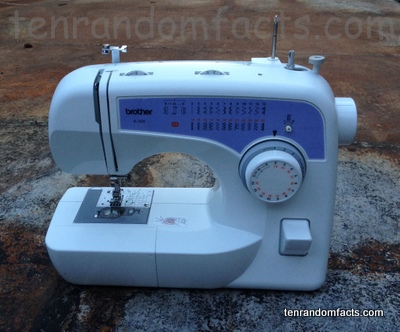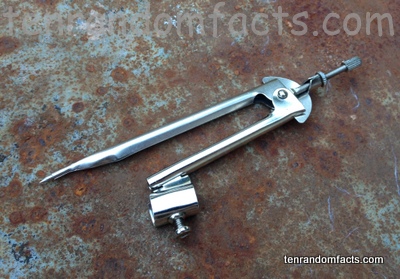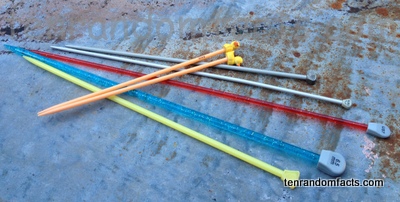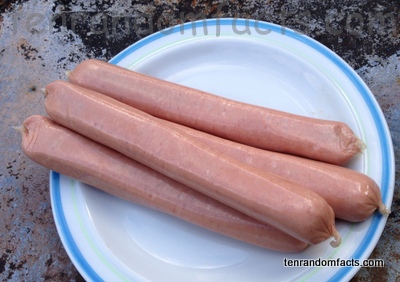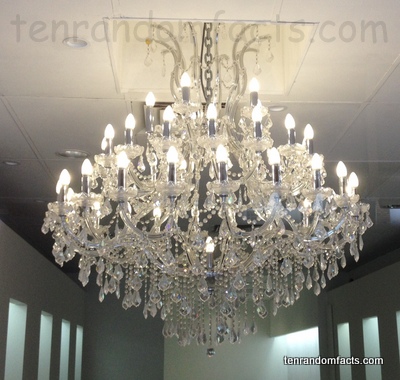
An important addition to all spectacular homes: a chandelier.
- Chandeliers are large decorative light fittings, usually able to hold multiple bulbs or candles, and are hung from ceilings.
- ‘Chandelier’ comes from the old French word ‘chandelabre’, that has its origins in the word ‘candelabrum’, a Latin word meaning ‘candlestick’.
- The first chandeliers were originally wooden cross-sections that held candles during the Middle Ages.
- Chandeliers are typically used for decoration and luminescence, and add a feeling of luxury, although they are not so common as they once were one or two centuries ago.
- The largest Bohemian crystal chandelier in existence today weighs 6 tonnes (4.5 tons) and was given to Dolmabahçe Palace in Turkey, by Queen Victoria in the 19th century, however, larger crystal chandeliers can be seen, including a Swarovski crystal one in the Sultan Qaboos Grand Mosque in Oman, which is 8 metres wide and has a height of 14 metres.
- Chandeliers were historically made from wood, brass, iron and other metals, and glass and crystal were added to spectacularly disperse and reflect light throughout the room.
- Chandeliers were originally only owned by the higher classes and were a symbol of wealth, and Dolmabahçe Palace in Turkey has one of the most extensive chandelier collections in the world.
- Chandeliers were often powered by gas and electricity from the 1800s, and during that time, crystals were sometimes included.
- Authentic chandeliers originating from the Middle Ages are quite rare, as most hung in churches and were destroyed in the 1500s due to the reformation.
- Chandeliers have been produced in numerous different styles, and the largest chandelier in the world in 2010, called ‘Reflective Flow’ is a non-traditional chandelier that holds 165,000 LED lights, has a weight of 18, 000 kg (39, 683 lb), is 5.8 m (19 ft) tall, 12.5 m (41 ft) wide, and 38.5 m (126 ft 4 in) long, and hangs in the atrium of the Al Hitmi office building in Doha, Qatar.
Bibliography:
Chandelier, 2013, Wikipedia, http://en.wikipedia.org/wiki/Chandelier
History of Pendant Lamps – the Chandelier, 2010, Designboom, http://www.designboom.com/history/p_chandelier.html





